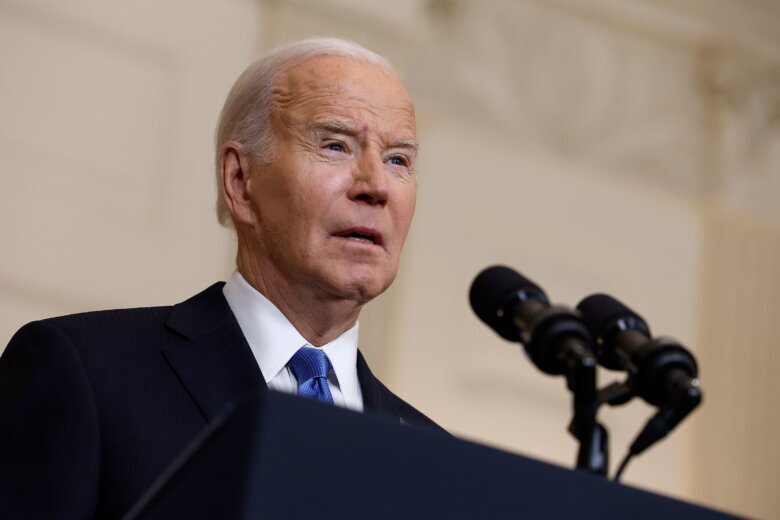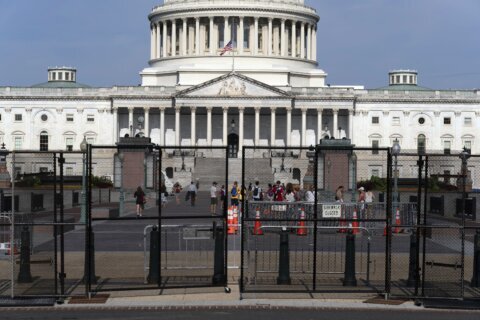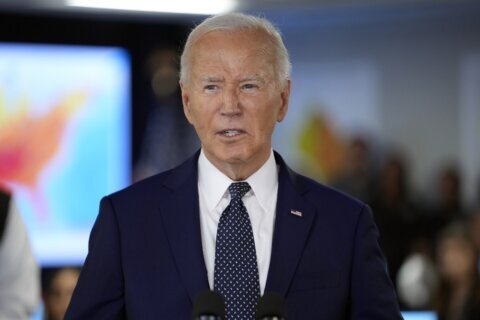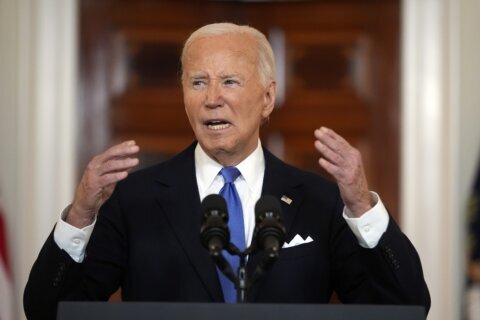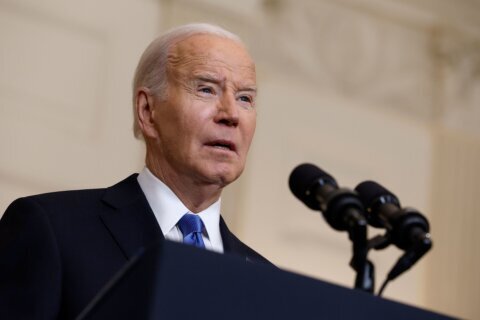
Washington (CNN) — President Joe Biden’s plans to provide student debt relief were dealt a significant blow when the Supreme Court rejected his signature student loan forgiveness program last year – but that hasn’t stopped his administration from finding other ways to help borrowers.
Nearly $138 billion of federal student loan debt has been canceled for almost 3.9 million borrowers since Biden took office.
The latest round of debt relief, announced Wednesday, will impact some borrowers who are enrolled in a new repayment plan known as SAVE (Saving on a Valuable Education), which the administration launched in August as the pandemic-related pause on payments was ending.
Under the new repayment plan, remaining federal student loan balances are erased for those who originally borrowed $12,000 or less and have made payments for at least 10 years.
Nearly 153,000 borrowers currently enrolled in SAVE are expected to get an email Wednesday notifying them that their remaining federal student loan debt will be canceled, totaling about $1.2 billion.
The email is expected to include a congratulatory message from Biden, whose administration is eager to remind voters what it has done to address student loan debt as the presidential election ramps up.
“From day one of my Administration, I vowed to fix student loan programs so higher education can be a ticket to the middle class—not a barrier to opportunity,” the message reads.
At first, debt relief under SAVE was not scheduled to begin until July – but the Biden administration said last month that it would start ahead of schedule in February.
Most of the federal student loan debt cancellations that have taken place under Biden have come through programs that existed before he took office. These programs are generally limited to specific categories of borrowers, such as public-sector workers, people defrauded by for-profit colleges and borrowers who have paid for at least 20 years.
Under Biden, the Department of Education has canceled more federal student loan debt than during any previous administration – in part due to efforts to temporarily expand some debt relief programs and to correct past administrative errors made to borrowers’ student loan accounts.
Here are some of the ways the Biden administration is forgiving federal student loan debt:
A new repayment plan
The new SAVE plan offers the most generous repayment terms for low-income borrowers. Currently, about 7.5 million borrowers are enrolled.
Like other income-driven repayment plans, the monthly amount owed is based on a borrower’s income and family size, regardless of how much outstanding student debt is owed.
But monthly payments are typically going to be smaller for most borrowers enrolled in SAVE when compared with other plans. Plus, unpaid interest will not accrue if a borrower makes a full monthly payment.
Under other income-driven plans, borrowers are required to pay for at least 20 years before seeing their outstanding balance wiped away. But SAVE offers a shorter time to forgiveness – requiring as little as 10 years of payments for those who borrowed $12,000 or less.
Every additional $1,000 borrowed above that amount would add one year of monthly payments to the required time a borrower must pay. For example, someone who borrowed $14,000 in federal student loans will receive full debt relief starting this week if they have been in repayment for 12 years and are enrolled in SAVE.
A recount of past payments to fix errors
The Biden administration is currently conducting a one-time recount of borrowers’ past payments to fix what officials have called “past administrative failures.” The agency expects to complete the recount by July.
The Department of Education has historically had trouble tracking borrowers’ payments.
In 2022, the US Government Accountability Office recommended that the department do more to ensure that borrowers receive the forgiveness they are entitled to, after it found that there were thousands of loans still in repayment that could already be eligible for forgiveness.
Generally, the recount will give borrowers credit toward forgiveness for any months in which they made payments regardless of what repayment plan they were enrolled in at the time, according to the Department of Education. The recount especially helps borrowers who may have been inappropriately steered by their student loan servicing company into a long-term forbearance, a period in which they stopped making payments.
Expanding a debt relief program for public-sector workers
One loan forgiveness program, known as PSLF (Public Service Loan Forgiveness), aims to help borrowers who work in a government job or at a nonprofit – including teachers, social workers, some nurses and doctors, and government lawyers.
The PSLF program cancels outstanding federal student loan debt for public-sector workers who have made 120 qualifying monthly student loan payments, or about 10 years’ worth of payments.
The program was created by Congress in 2007 but was plagued with administrative problems before Biden took office.
In 2021, Biden put a temporary waiver in place, expanding eligibility so that some borrowers could retroactively receive credit for past payments that did not otherwise qualify for PSLF.
The one-time recount of past payments that the Biden administration is conducting has also helped some borrowers qualify for PSLF.
Relief for people defrauded by for-profit colleges
The borrower defense to repayment program was created by Congress decades ago and aims to deliver student debt relief to people who were defrauded by their college. But it was rarely used until Corinthian Colleges, a for-profit network of schools, collapsed in 2015.
Under Biden, the Department of Education has made progress in whittling down a backlog of borrower defense claims that built up during the Trump administration.
At one point, more than 200,000 borrower defense claims were pending as former Education Secretary Betsy DeVos made efforts to limit the program. Those efforts were ultimately unsuccessful.
Cutting red tape for disabled borrowers eligible for debt relief
The Biden administration has also made it easier for disabled borrowers to receive the debt relief to which they are entitled.
Previously, borrowers were required to provide documentation from a physician, the Social Security Administration or the Department of Veterans Affairs to show that they qualified for debt relief.
But the administration changed the rule so that the Department of Education can provide automatic discharges for disabled borrowers who are identified through administrative data matching with the Social Security Administration – without the borrowers submitting paperwork.
The-CNN-Wire
™ & © 2024 Cable News Network, Inc., a Warner Bros. Discovery Company. All rights reserved.

